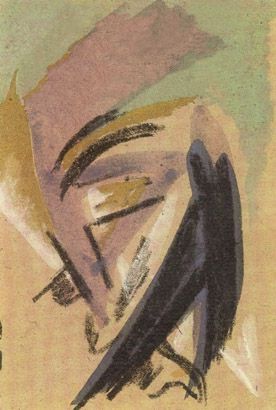When attempting to create a new political party, and from that party, a successful party government, the ideology cannot be too extreme, relative to the beliefs and the ideas of the populace. For example, the degree of Nazi anti-Semitic polices seems extreme to outsiders, but general German distrust and distain for Jews allowed the Nazis to implement these policies. In his novel, Bread and Wine, Ignazio Silone depicts the role of women in Italian society, clarifying how and why extremely masculine movements developed in early 20th century Italy.
In “The Futurist Manifesto,” in 1909, FT Marinetti states that the movement seeks to glorify war, militarism, patriotism, destruction, and contempt for women. This attitude towards women is seen again in Fascist policies that attempted to keep women in traditional roles. Mussolini himself declares in “What is Fascism” that war is the ultimate test of a nation. War excludes women, for the most part, therefore, women are not nearly as important to the nation as men. In Bread and Wine, the main character, Don Paolo, says to a prospective nun, “ ‘You would have the other possibility that life offers most women…You could become a good wife and mother of a family’ ”(Silone 101). Women had two choices in life: the Church or a family. These were the places for women in society. And if a woman were to stray from these honorable paths, like Bianchina, and, for example, become pregnant out of wedlock, she dishonors herself and her family. This social view is reflected in Italian laws that forbid abortions.
In Fascist Italy, the role of women was clear and traditional. Don Paolo even feels that he must “get away from the tedious female atmosphere by which he was surrounded”(Silone 112). This expresses men’s distain toward women, as well as the fear of appearing too feminine, and possibly homosexual, like Gabriele in Ettore Scola’s A Special Day.
How and why did masculine movements developed in early 20th century Italy? Was it the fear of the rising status of women or the fear of the loss of masculinity? Was it both? Was it neither? Why?


